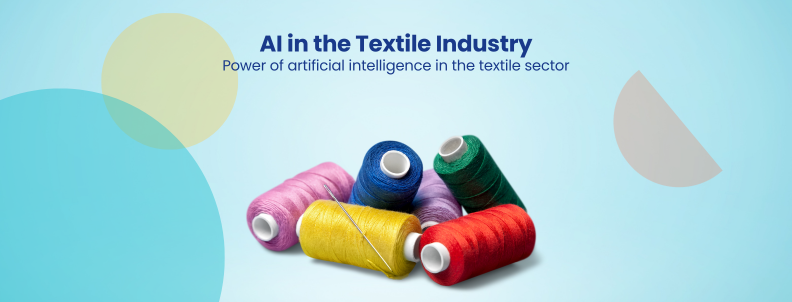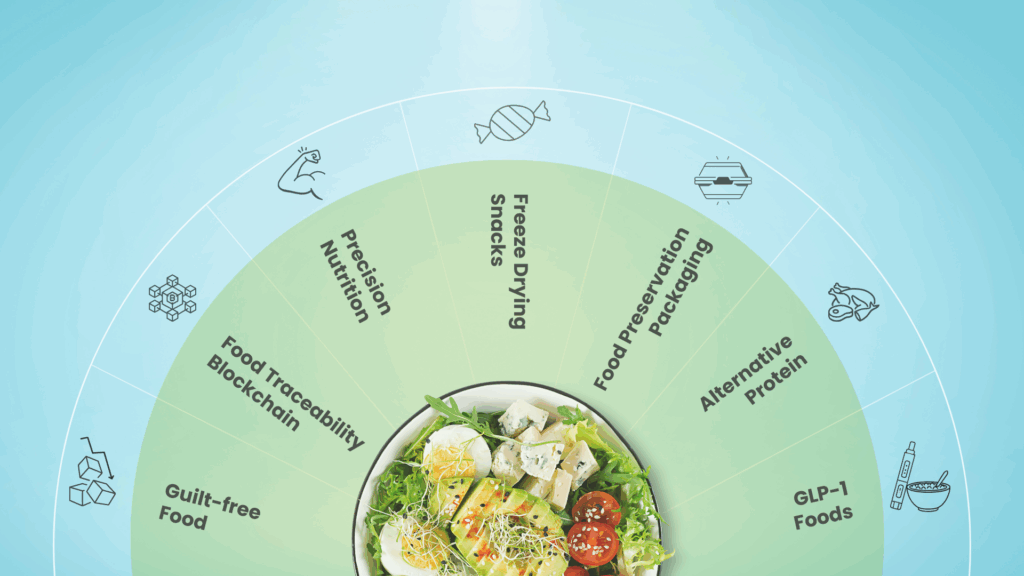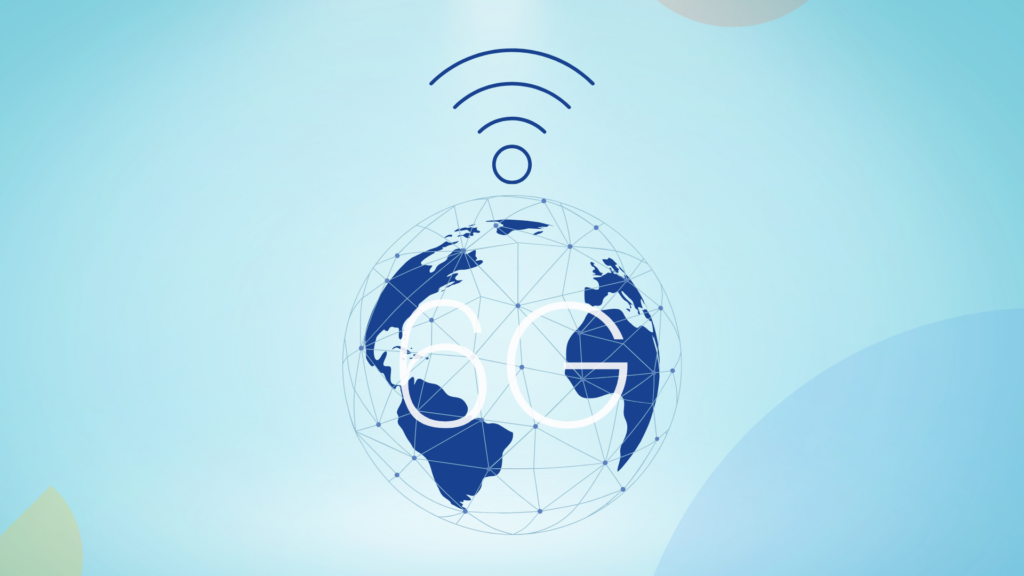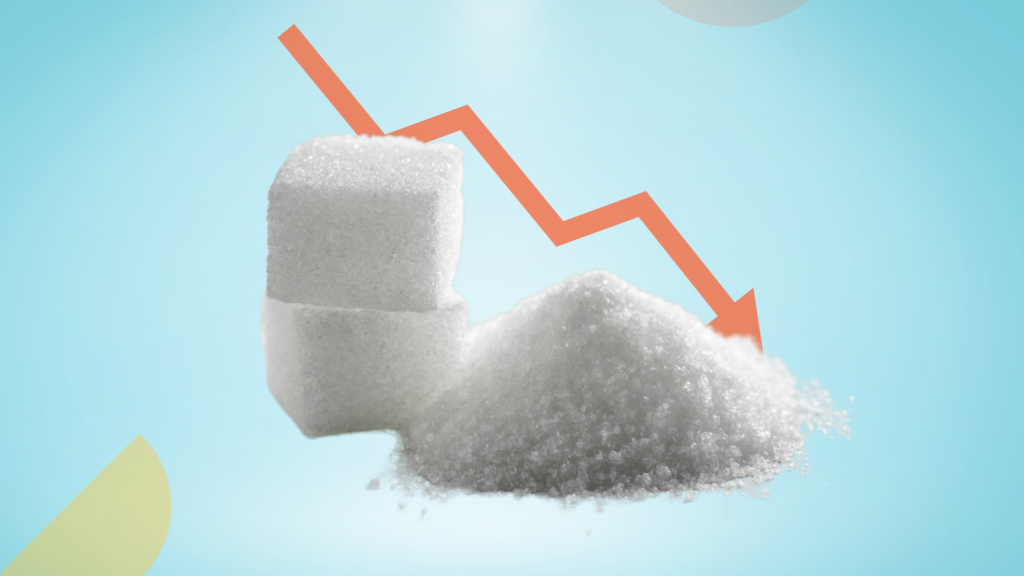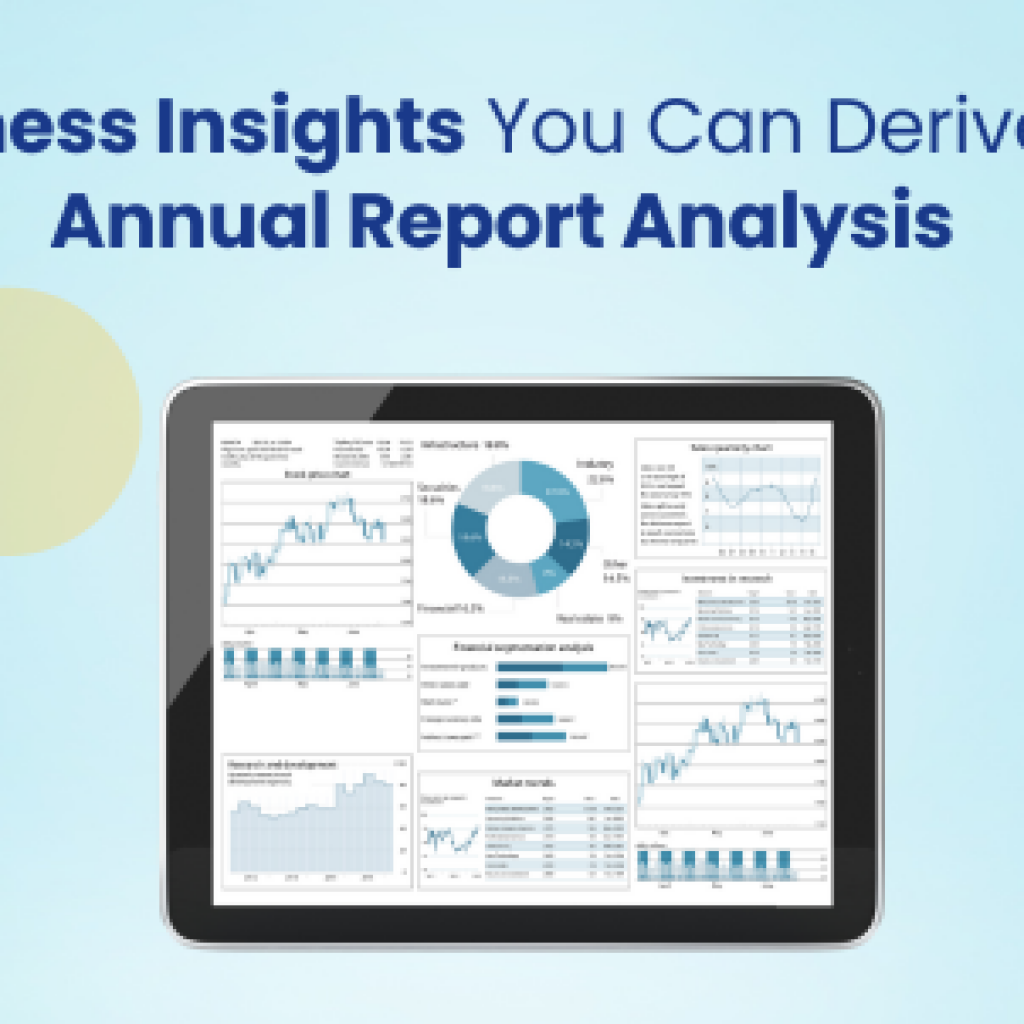The recent stats suggest that AI’s integration into the global fashion market is expected to reach 4.4 billion USD by 2027!
As AI helps tackle industry challenges like accuracy and precision, such growth reflects the sector’s profound impact on AI.
This study discusses the recent developments in AI-integrated textiles and their impact on the textile industry.
Discover the upcoming transformative trends with our Sustainable Textiles Report. Download your copy today!
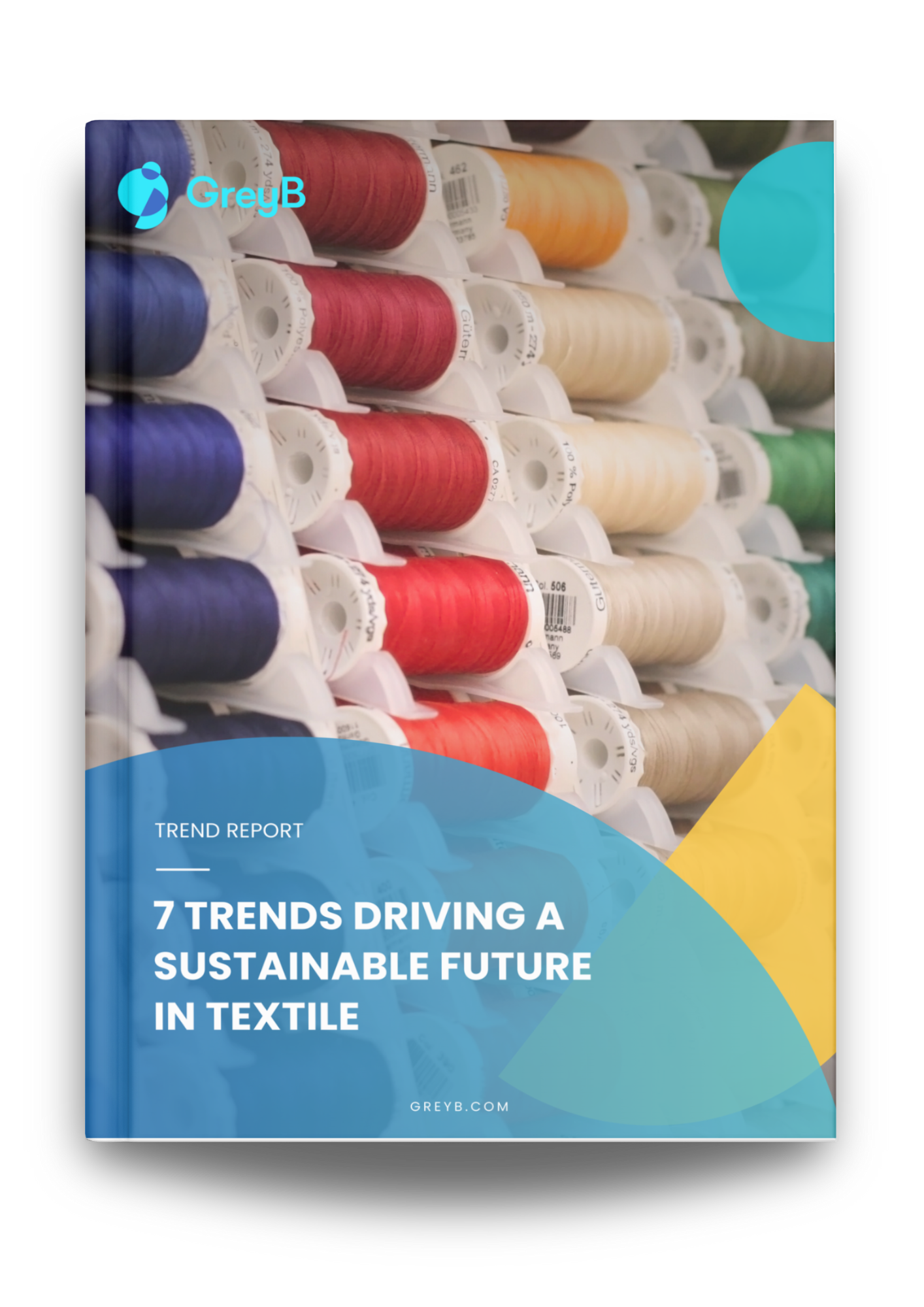
Impact of Artificial Intelligence on Textiles
1. Quality Control & Detection
Historically, detecting defects in textiles relied on the human eye, often resulting in inconsistencies. With AI, defects can be identified more accurately, and the reasons behind these defects can also be analyzed, leading to more effective preventive measures. Currently, the process is expensive, and even after multiple checks, there’s a lack of accuracy because of human error.
Considering these inaccuracies, many companies are researching the incorporation of AI in their processes. One example is Inv Performance Materials LLC’s application, US20220254005A1, for the automated inspection of yarn packages, which focuses on reducing the work needed and improving efficiency.
The inspection involves generating an optical image of a textile package, selecting a first classification and a second classification, and adjusting a parameter of the yarn manufacturing process.

Find the market potential of AI in textiles and gain a competitive advantage. Just click the button below to request a feasibility report per your requirements.
2. Smart Production Planning
The textile industry’s dynamic nature requires flexible and efficient production planning. AI can forecast demand, optimize supply chain operations, and ensure just-in-time production, dramatically reducing waste and costs.
Another example is Taiwanese startup FrontierCool Inc.’s recent application, US20220292810A1, which can change fabric categorization in the coming years. They can do this by helping manufacturers identify fabric details with the aid of images. This will ultimately lead to a more informed selection of fabric and significantly reduce production waste.

3. Customization and personalization
As the demand for personalized garments rises, AI assists designers by analyzing trends and consumer preferences and providing suggestions for designs that align with market needs.
Shimmy Technologies Group Inc., a US startup, developed an interesting invention, US20220122483A1, that addresses the inefficiencies in conventional apparel design-to-manufacture workflows.
It introduces adaptive apparel design and apparel information architecture, which streamline the process, capture institutional knowledge, and enhance communication between design teams and manufacturing vendors.
This can be a revolutionary invention as it caters to one of the biggest issues in the textile industry, i.e., customization.

The above inventions clearly demonstrate that AI has the potential to transform the textile industry for the better. Below is a list of some of the benefits AI brings to this industry.
Advantages of using AI solutions in Textile
1. Streamlined Production Efficiency
The AI-driven automation streamlines textile manufacturing processes. Machines equipped with AI can optimize production schedules, monitor equipment health, and reduce downtime through predictive maintenance. This results in increased productivity and reduced operational costs.
2. Customization and Personalization
AI algorithms enable textile manufacturers to cater to individual customer preferences. From design and color choices to sizing and fit, AI-driven customization enables the creation of personalized textiles and fashion items, meeting the demands of today’s discerning consumers.
3. Sustainable Practices and Waste Reduction
AI can contribute significantly to sustainability efforts in the textile industry. By optimizing production processes, minimizing defects, and reducing energy consumption, AI technologies help reduce environmental impact and lower resource usage.
4. Textile Recycling Advancements
AI-powered sorting systems are being utilized to efficiently separate textiles for recycling. This technology facilitates the recycling of old textiles into new products, contributing to circular economy practices.
5. Design and Innovation Boost
AI assists designers in generating innovative ideas, exploring new materials, and forecasting fashion trends. This accelerates the design and innovation cycle, keeping textile companies competitive.
6. Supply Chain Optimization
AI is enhancing transparency and efficiency throughout the textile supply chain. From raw material procurement to distribution, AI-powered systems provide real-time insights, ensuring smooth operations. Such optimization can further lead to substantial cost savings.
7. Insights into Customer Behavior and Market Trends
AI can analyze vast amounts of consumer data to provide valuable insights into market trends and consumer preferences. This enables textile businesses to make informed decisions about product development and marketing strategies.
AI further expedites various stages of the textile production lifecycle, allowing companies to bring new products to market more quickly and respond rapidly to changing consumer demands.
Conclusion
Amidst these benefits, it’s crucial to address the challenges, such as the potential loss of traditional jobs and the need for strong ethical guidelines to prevent the misuse of AI technology.
While the implementation of AI in creative industries, such as textiles, has always been controversial, it’s essential to approach these innovations carefully, weighing their benefits against potential challenges.
As we explore the trends shaping the textile industry, we’ve identified five significant shifts, in addition to AI, that will undoubtedly redefine the textile world in 2026.
Fill in the form below and download the complete report!

Authored By: Sahil Kapoor, Product Development Team
Edited By: Ridhima Mahajan, Marketing

